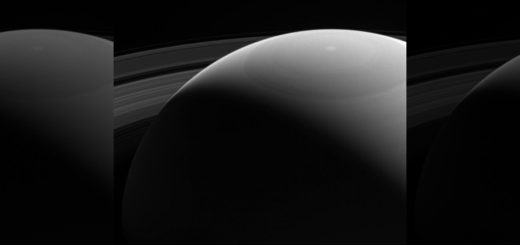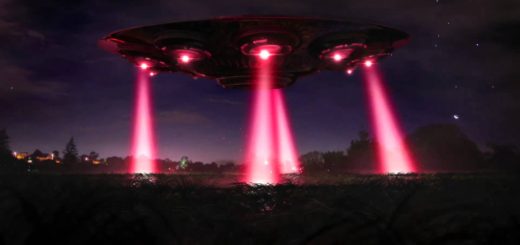The Curiosity rover just drilled into a rock on Mars for 1st time since 2016

NASA’s Mars rover Curiosity just drilled into a Red Planet rock for the first time in more than a year.
Curiosity bored a hole about 0.5 inches (1.3 centimeters) deep into a target rock on Monday (Feb. 26), during the trial run of a new, jury-rigged drilling technique, NASA officials said.
The car-size rover’s drill — a key tool at the end of Curiosity’s robotic arm that allows it to snag pristine samples from the interiors of ancient rocks — has been out of commission since late 2016, when a motor that extends two stabilizing posts on either side of the drill bit conked out. [Photos: Spectacular Mars Vistas by NASA’s Curiosity Rover]
Engineers have been working for the past 15 months to bring the drill back online. They’ve settled on a strategy that involves extending the bit out beyond the stabilizers, and carefully pushing it against a rock using Curiosity’s arm. The rover can keep the drill bit centered using a force sensor, mission team members said.
More From Space.com
Photos: Spectacular Mars Vistas by NASA’s Curiosity Rover
“We’re now drilling on Mars more like the way you do at home,” Curiosity deputy project manager Steven Lee, of NASA’s Jet Propulsion Laboratory (JPL) in Pasadena, California, said in a statement. “Humans are pretty good at re-centering the drill, almost without thinking about it. Programming Curiosity to do this by itself was challenging — especially when it wasn’t designed to do that.”
Tests at JPL with Curiosity’s ground-bound twin went well, so the mission team took the new strategy into the Martian field Monday. The results were encouraging, NASA officials said, but the drill is not back in operational mode yet.
For example, the test hole wasn’t deep enough to let Curiosity grab samples. (During its original run, the rover’s drill routinely bored 2.5 inches, or 6.5 cm, down into rocks.)
And Curiosity will have to bag up those samples in a new way from now on: With the drill permanently extended, the rover cannot use the associated instrument designed to deliver rock powder to two powerful onboard laboratories, known as Sample Analysis at Mars (SAM) and Chemistry and Mineralogy (CheMin), NASA officials said. Instead, Curiosity will sprinkle the powder from the drill bit into SAM and CheMin.
“This tapping has been successfully tested here on Earth — but Earth’s atmosphere and gravity are very different from that of Mars,” NASA officials wrote in the same statement. “Whether rock powder on Mars will fall out in the same volume and in a controlled way has yet to be seen.”
Curiosity touched down on the floor of the 96-mile-wide (154 kilometers) Gale Crater in August 2012, on a $2.5 billion mission to investigate Mars’ past ability to support microbial life. The rover’s observations quickly established that Gale harbored a potentially habitable lake-and-stream system in the ancient past.
In September 2014, Curiosity reached the base of Mount Sharp, which towers 3.4 miles high (5.5 km) into the Red Planet’s sky from Gale’s center. The rover has been working its way up the mountain ever since, hunting for clues about Mars’ long-ago transition from a relatively warm and wet world to an arid, dry planet.
Curiosity is currently studying a landform called Vera Rubin Ridge, which lies about 1,000 vertical feet (300 meters) above the crater floor.
To date, the rover has collected samples using its drill 15 times, with the last such activity occurring in late 2016. Since the drill problem arose, Curiosity has pushed the extended bit against rock as part of troubleshooting tests, but Monday’s action marked the first actual drilling using the new technique, NASA officials said.



 Creators of mankind
Creators of mankind Description of “Tall white aliens”
Description of “Tall white aliens” Where they came from?
Where they came from? About hostile civilizations
About hostile civilizations The war for the Earth
The war for the Earth “Tall white aliens” about eternal life
“Tall white aliens” about eternal life Video: “Nordic aliens”
Video: “Nordic aliens” Aliens
Aliens Alien encounters
Alien encounters The aliens base
The aliens base UFO
UFO Technology UFO
Technology UFO Underground civilization
Underground civilization Ancient alien artifacts
Ancient alien artifacts Military and UFO
Military and UFO Mysteries and hypotheses
Mysteries and hypotheses Scientific facts
Scientific facts


















